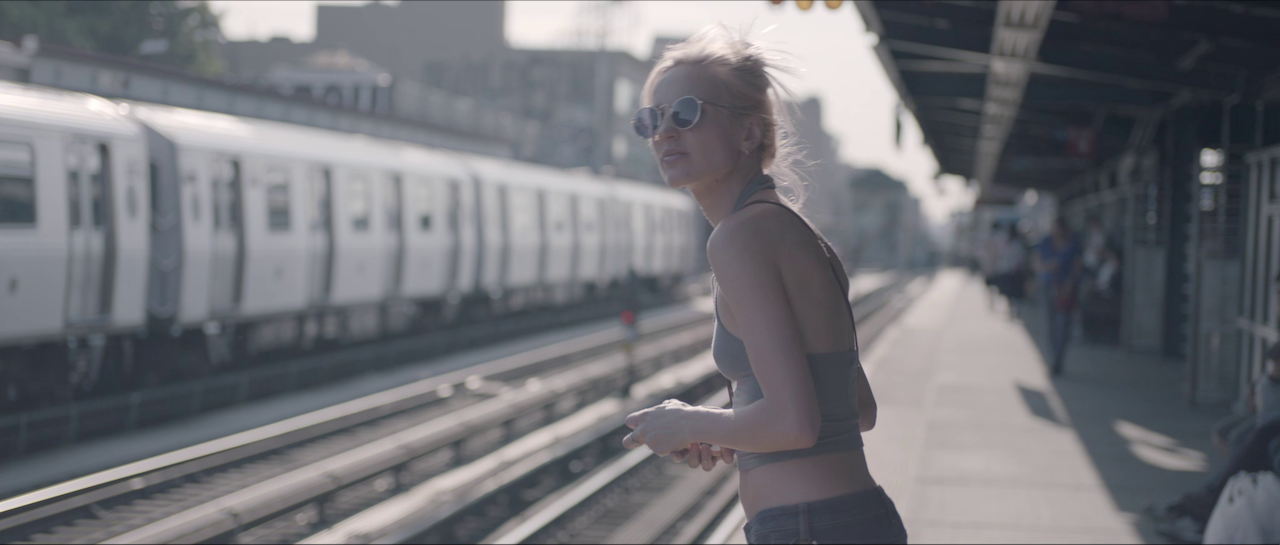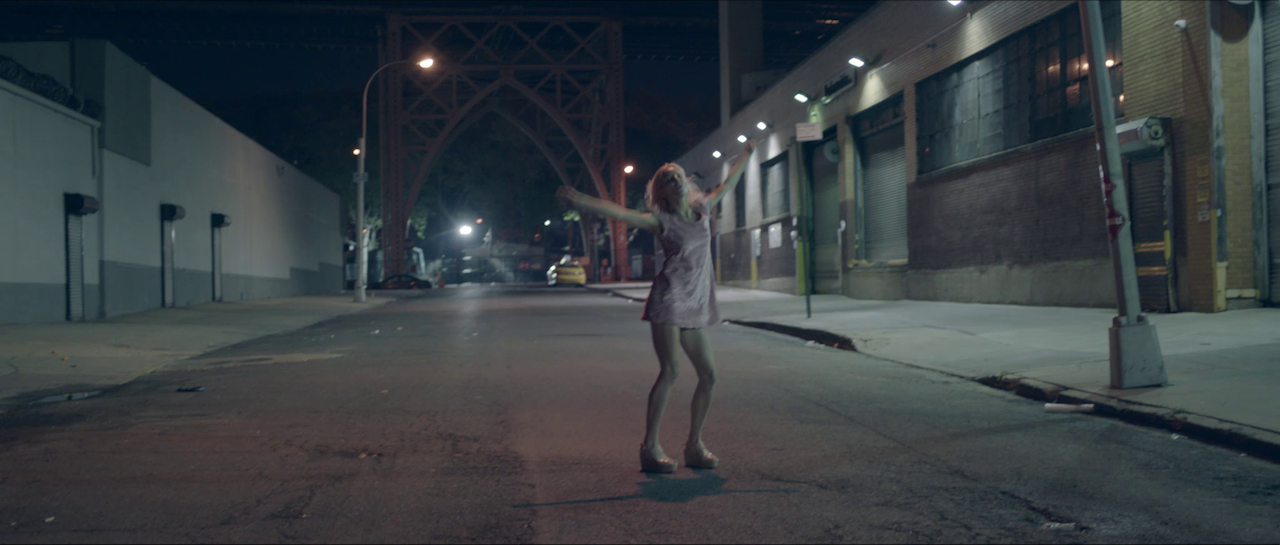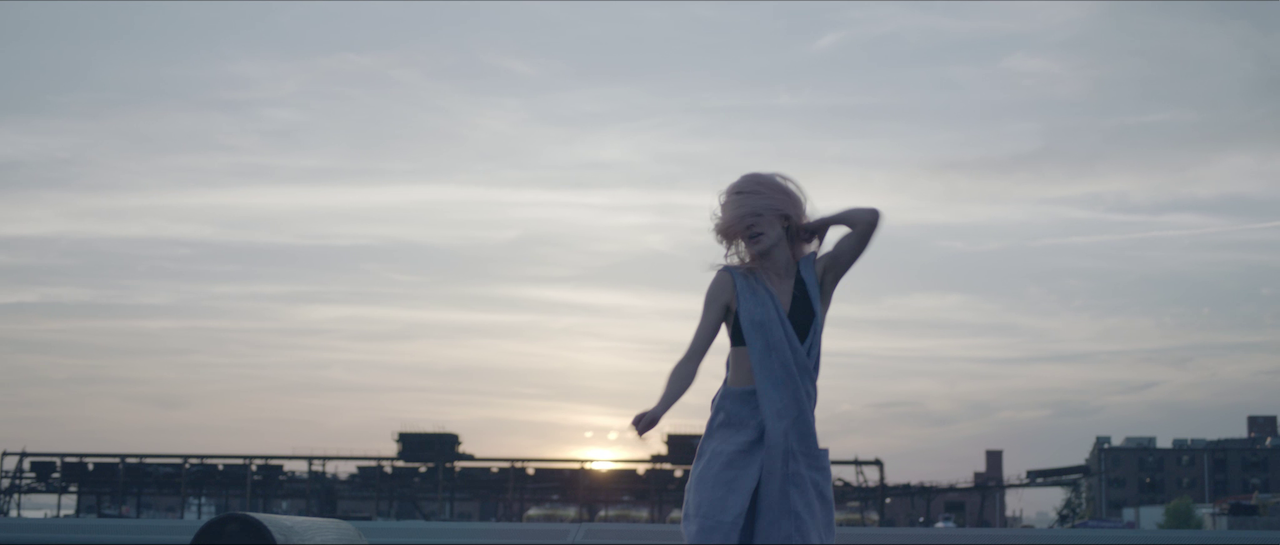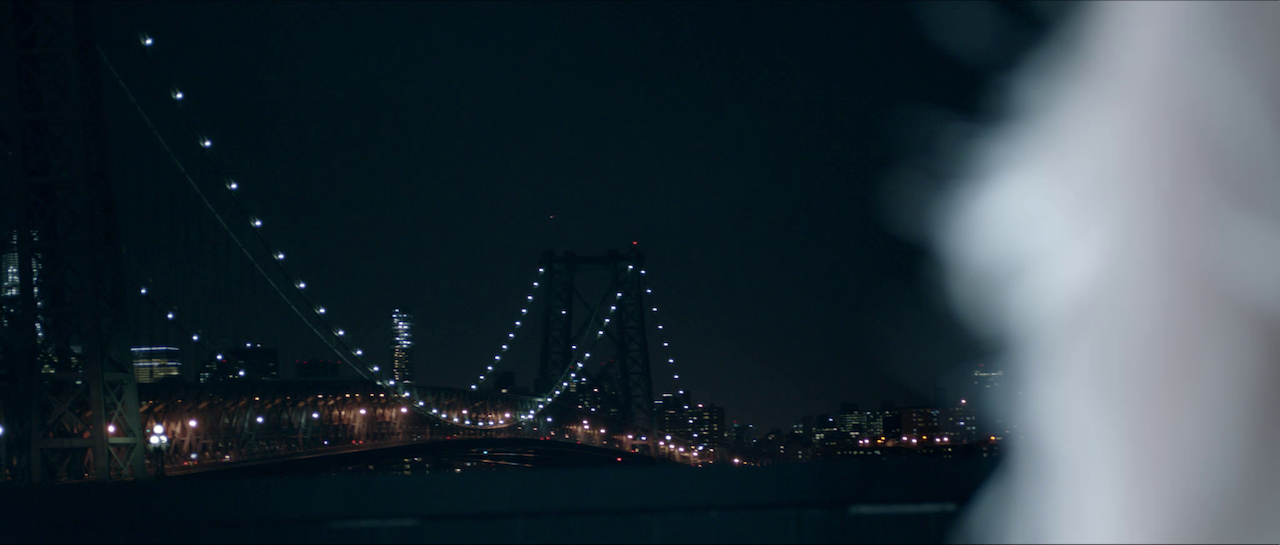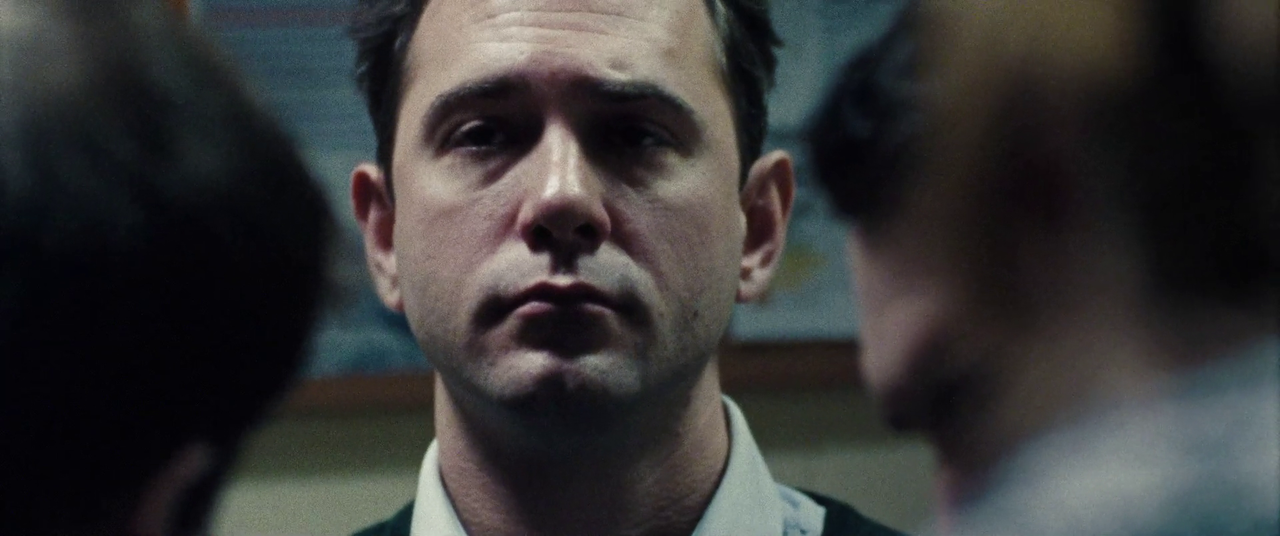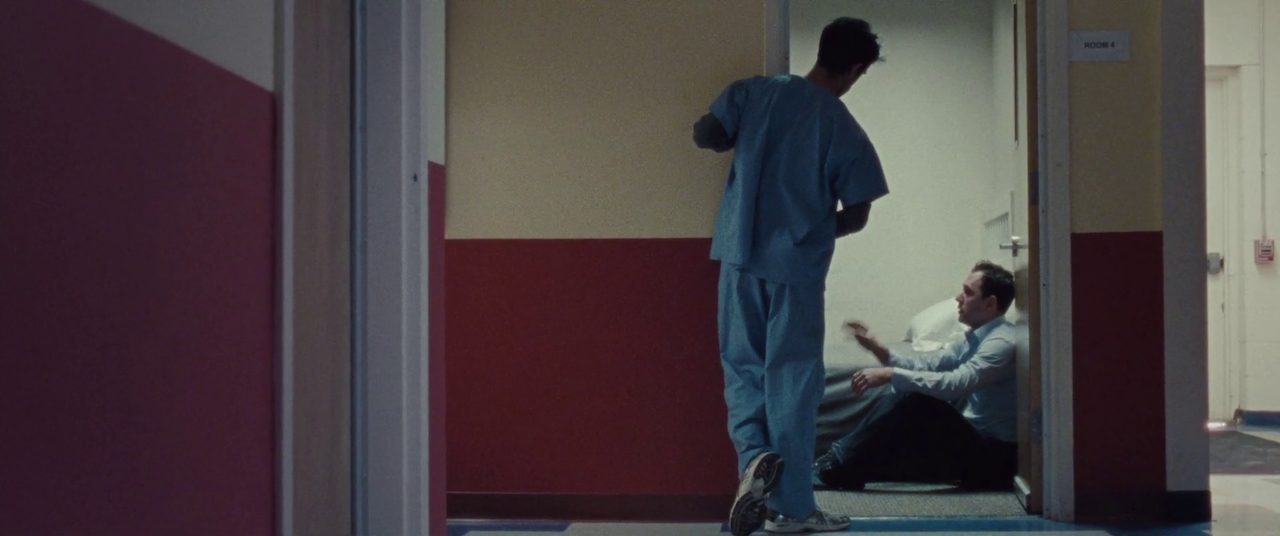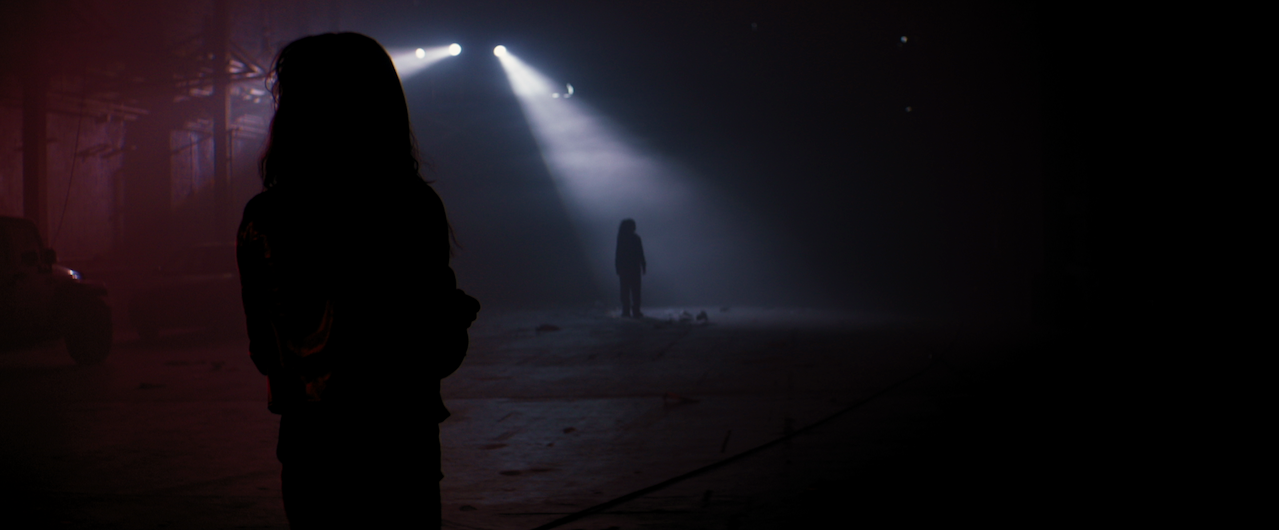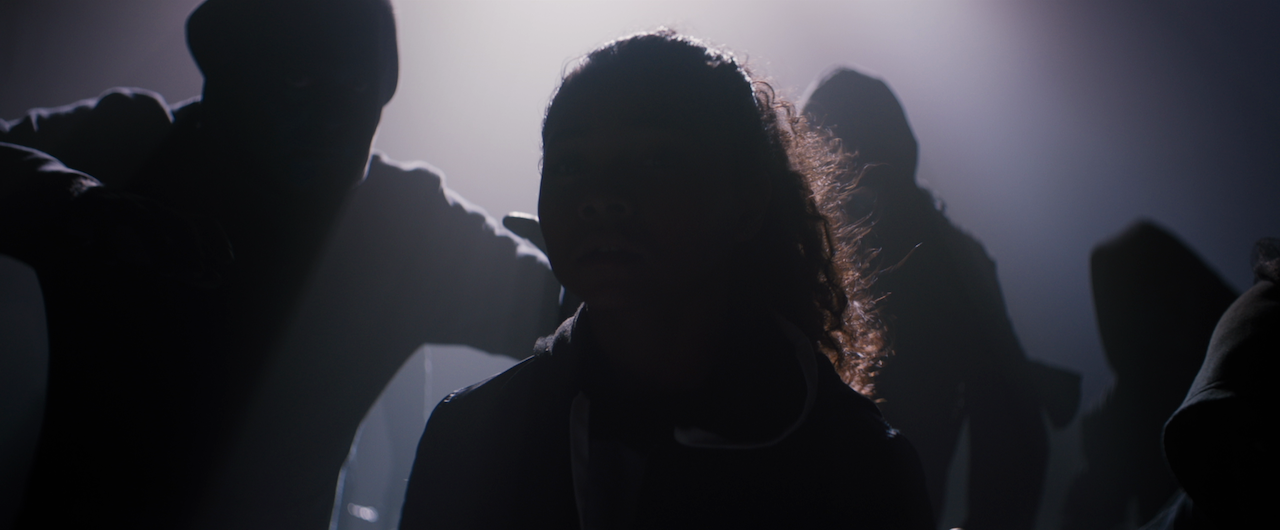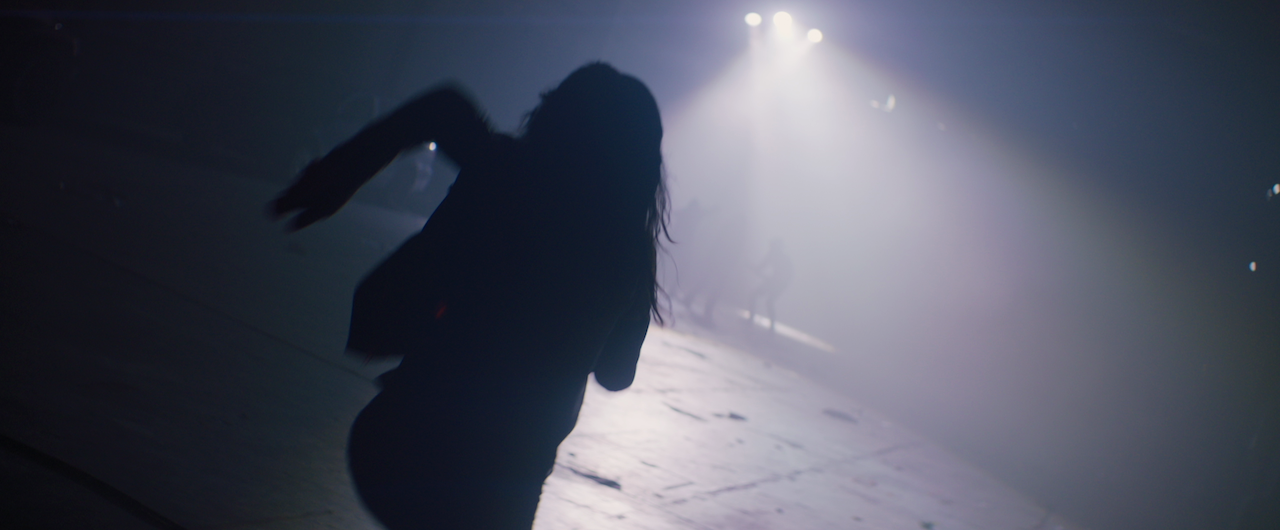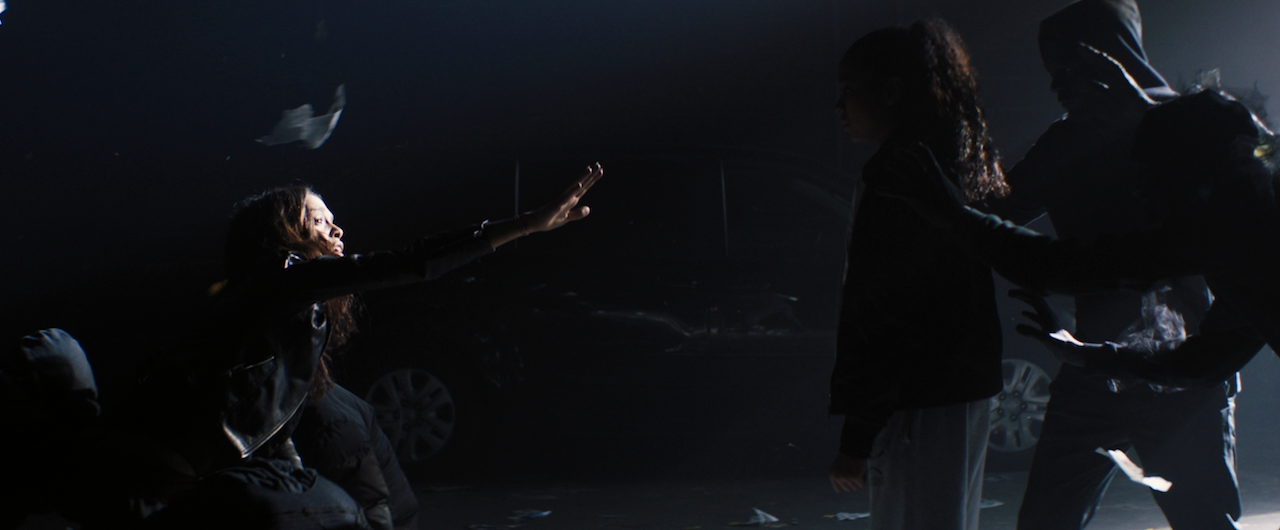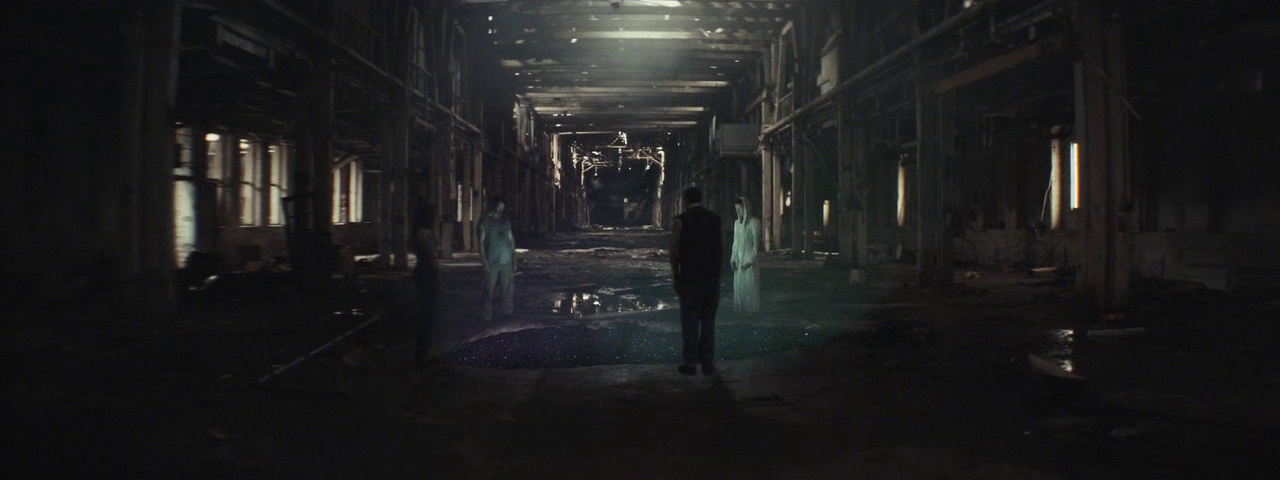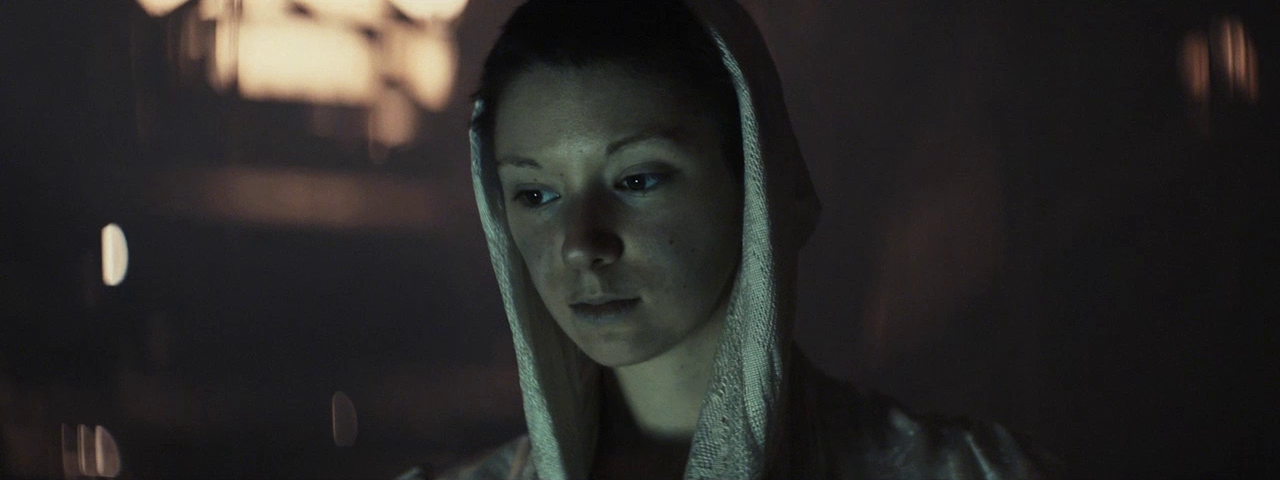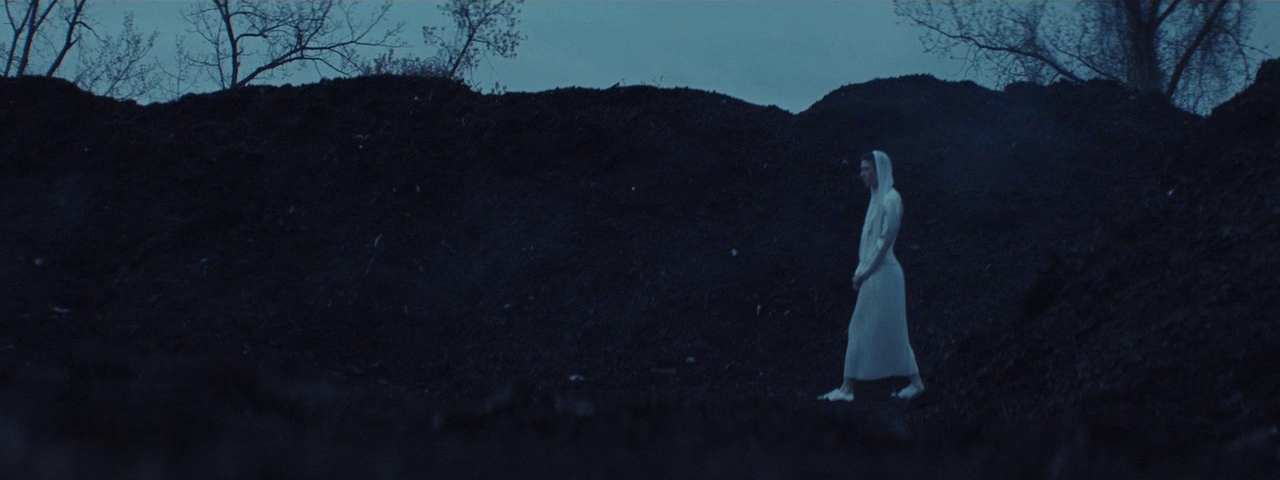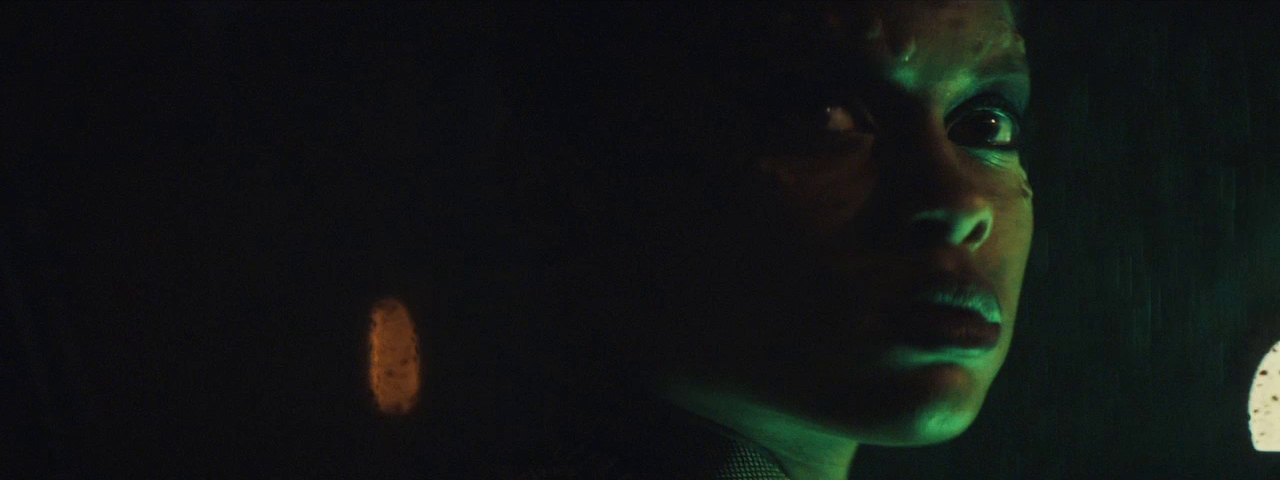EXCLUSIVE: Jason Isaacs, Barkhad Abdi, and Adan Canto have signed on for Agent Game, an indie spy thriller which is being directed by Grant S. Johnson. The new additions are joining previously announced cast Dermot Mulroney, Katie Cassidy, Rhys Coiro, Annie Ilonzeh, and Mel Gibson.
In the film, CIA officer Harris (Mulroney) is involved in missions to detain and relocate foreign nationals for interrogation. When Harris’ superior (Isaacs) is murdered, he finds himself the scapegoat for the killing of a detainee (Abdi) and must run from a team of operatives sent to bring him in (Canto, Cassidy, Coiro), led by a ruthless double agent (Ilonzeh). Gibson plays a rogue intelligence official running the off-book operation to hunt down and kill Harris.
Tyler W. Konney is producing the film, which he co-wrote with Mike Langer. Taylor & Dodge is handling worldwide sales.
Golden Globe nominee Isaacs, who is known for his role as Lucius Malfoy in the Harry Potter films, is repped by Gersh and Silver Lining Entertainment. Abdi, an Oscar nominee for his breakout performance in the 2013 film, Captain Phillips, is repped by SMS Talent. Repped by UTA and Management 360, Adan’s credits include Designated Survivor and X-Men: Days of Future Past.




